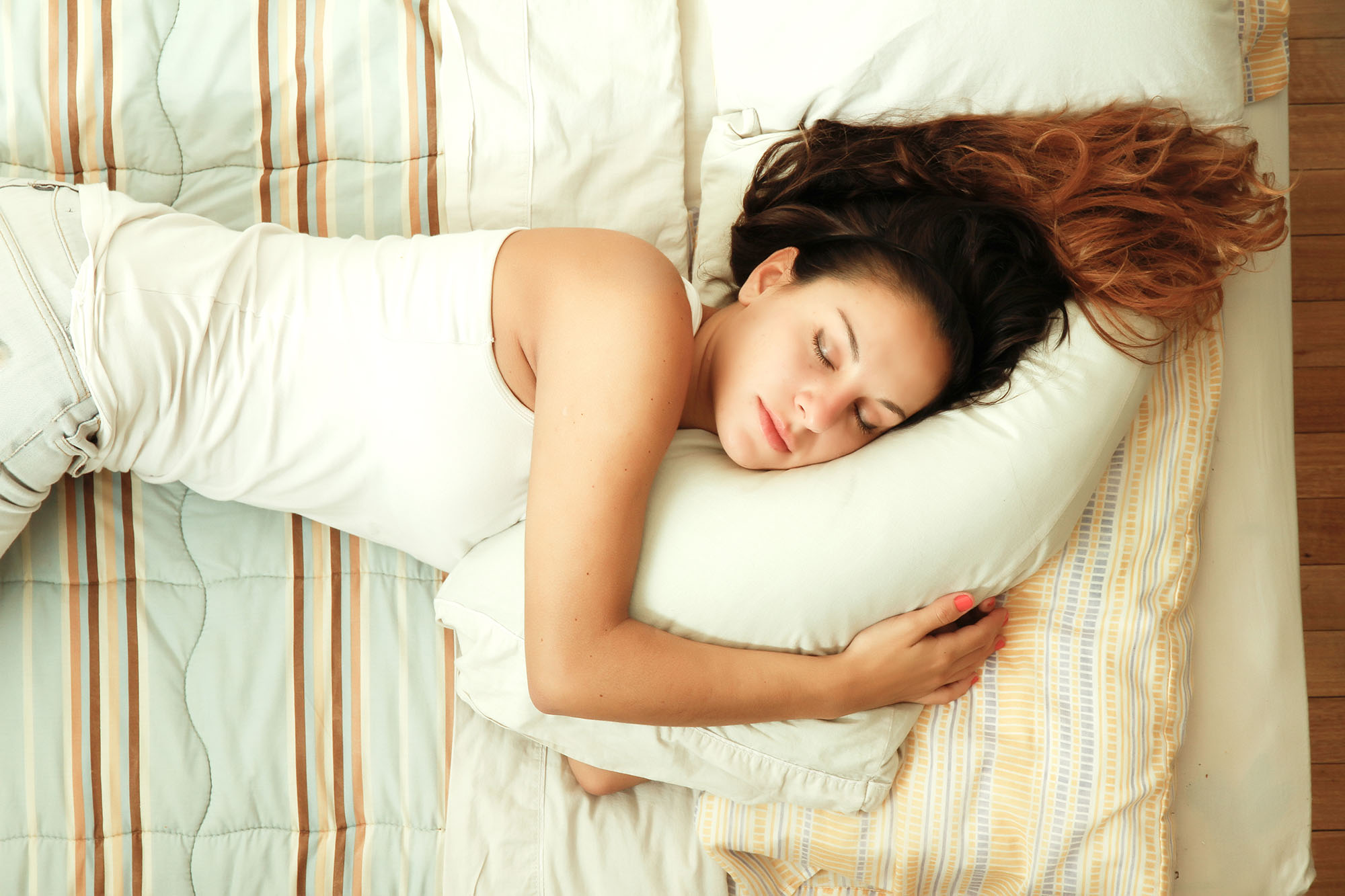
Types Of Pillows For A Better Night's Sleep
Thursday, August 2, 2018
The World Health Organization (WHO) determines that an adult must have at least 7 hours of sleep to enable their physical and mental state to be at optimal level. According to the World Association of Sleep Medicine (WASM), "Sleep problems constitute a global epidemic that threatens the health and quality of life of more than 45% of the world's population.
Sleeping well is one of the three fundamental pillars to enjoy good health, in addition to a balanced diet and regular exercise
Inability to get proper sleep is an issue that ends up burdening our entire day and can even affect our mood negatively. It brings about tiredness that we do not know how to mitigate.
Sleeping is something so natural that we do not usually think how we achieve it, and when a problem that hinders our sleep arises, we look for instant solutions to continue enjoying a decent night's sleep.
A lot of people struggle to sleep, regardless of how tired they are. They continuously wake up at night, primarily due to excruciating pains in the neck, hips and lower back; eagerly watching the clock to know when will the pain subside. A lack of sleep can take its toll on energy levels, mood, health and ability to function during the day. However, it will interest you to know that something as simple as changing your pillow can make a world of difference.
Importance of Pillows
Pillow plays a vital role in your daily sleep. A lousy pillow can give you problems, in the neck, back, shoulders and can cause you restlessness, as you try to find a comfortable position to sleep.
With so many different pillows out there, how can you tell which pillow is best for you? Below, we will take a look at how to choose the perfect pillow for better sleep at night
Types of pillows
To choose your pillow, keep in mind that the filling determines the softness or firmness, and even the potential to cause allergies. Among the existing options are:
- Rubber foam: A higher density, greater durability, stability of the filling and better support to your head.
- Polyester: They are economical and comfortable, but if you wash them, the filling tends to spoil.
- Memory foam: Reduces the pressure points to conform and adjusts to the shape of your body when you move during the night, so they give excellent support to your neck.
- Latex or gel: It is the firmer type of filler and is resistant to mold and mites. As it adapts well to the contour of the body, it provides excellent support to the neck and back.
- Wool-cotton: Its density is usually hard.
- Feathers: It is one of the most comfortable fillings because it allows for a good balance between firmness and softness and adapts well to the contour of the body.
- Down pillow: Softer and often more expensive than normal feathers, they provide medium firmness.
- Viscoelastic foam: Firm but conforms to the pressure points. It can mold to your shape around the head and neck.
- Buckwheat: They are ideal for side sleepers and provide good support. It can be noisy when you move at night
Sleeping positions
The most crucial factor in deciding the size and shape of the perfect pillow is your sleeping position.
- If you sleep on your side, do it better with a large, thick cushion to bridge your mattress and pillow, keeping your neck and head aligned with your spine. The pillows that serve to sleep sideways must be firm or medium.
- For people who sleep on their backs, they need a medium-sized pillow that offers enough support for the head and neck. The height should not be too much, or it would tilt the head too far forward, nor should it be too low or it would extend the neck and tilt your head back. Medium firmness is ideal.
- For those who sleep on their stomach, they need very little support so you should choose a relatively soft and flat pillow. It is necessary to lift the head of the mattress enough to align the neck and spine.
It's all about changing your posture; for many, the impact is immediate and life-changing. We should never underestimate the importance of pillows, as their proper use can help us achieve greater relaxation, comfort and enjoy better sleep at night, thereby helping us become more active and energetic to handle the hustle and bustle of a busy day.
If your condition worsens or doesn't improve within a week with making changes to your pillow and sleeping positions, see your local Physio Inq Physiotherapist. for specific treatment & exercises that are proven to help people sleep better.
